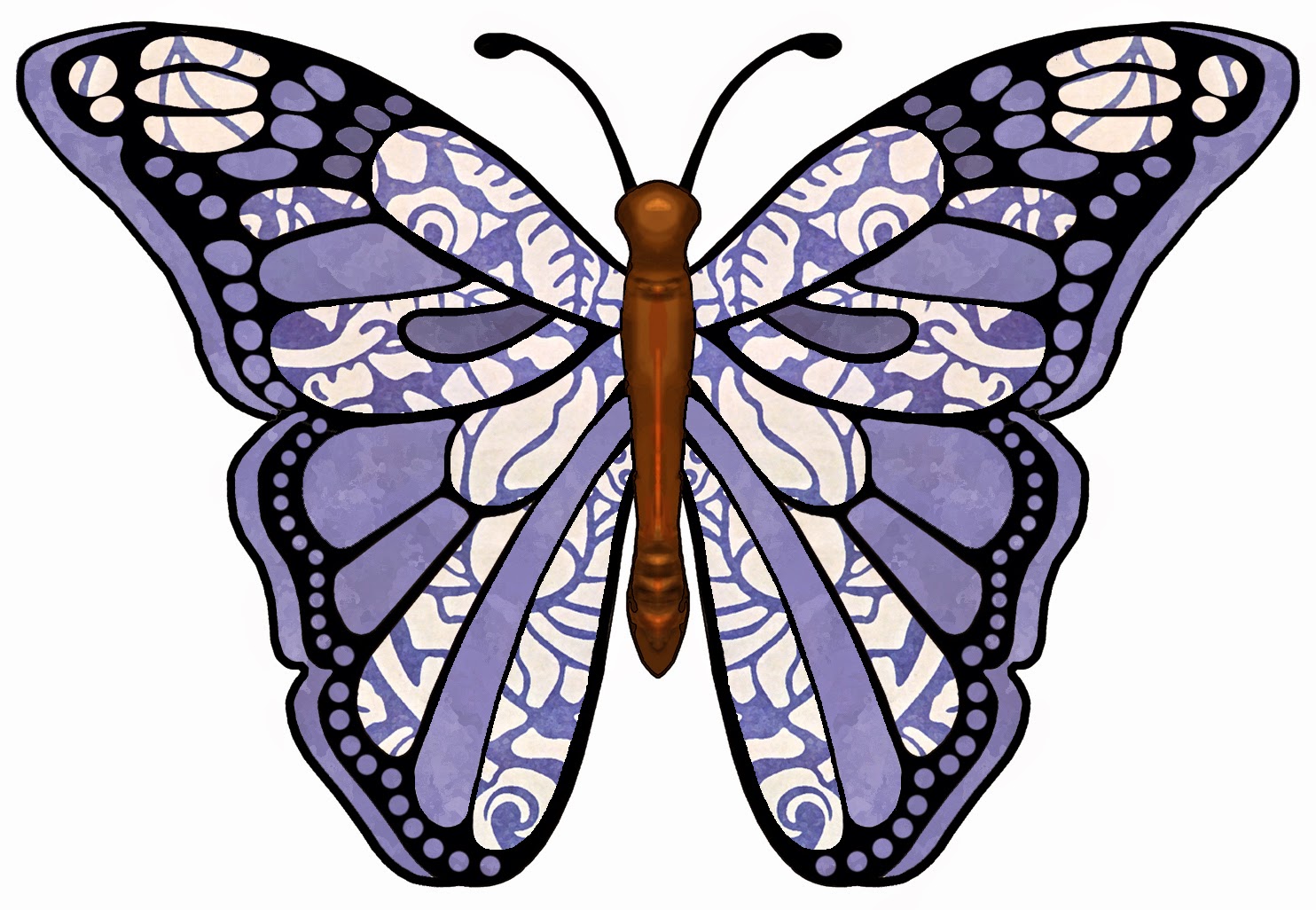 |
| Symmetry seen in a butterfly Image source: www.vicvapor.com |
Have you ever wondered why you are sometimes attracted to some piece of art, and not to the other? Or why you find something
visually appealing while another almost repulsive. Well next time, you do find
yourself in such a situation, just take a moment, and see if what you are
staring at, is symmetric or not. If you like it, chances are that the piece of work is very symmetric. Studies show that, when given an
option to choose between symmetric and asymmetric pictures, people are more likely to
choose symmetry over asymmetry. And this phenomenon is gender independent, so whether you are man or a woman, you will pick symmetry where possible.
We are not immune to this rule
Like art, people are more likely to select a face that is symmetrical, as
beautiful, over an asymmetric face. In fact studies show that people with symmetric face are more social, extroverted, agreeable, and positive.
our systems; our fascination for symmetric faces can be traced back to a study
done on infants. It is understandable that infants would choose familiar faces over unfamiliar ones. But when asked to choose between
unfamiliar faces, infants tend to choose symmetry over asymmetry, meaning facial
features that are more symmetrical than those that aren’t.
This tendency of ours to choose symmetry over asymmetry is best exploited by the film industry.
But all this talk about symmetry and asymmetry, the interesting part about it is that, experimentally, it is very difficult to break symmetry. Deviating symmetry is nearly impossible in a laboratory setting, in fact breaking symmetry in fruit flies was impossible.
We all are invariably attracted to very proper, neat and calculatedly symmetric features. However, predictable and horribly prone to our natural instinct it may sound, we are in the end of it all, attracted to symmetry and artists, photographers often exploit this very weakness that is deeply embedded into our genome.
If you have enjoyed reading this post, do share it with your family and friends using the buttons below. Never miss a post by subscribing to our blog using the Subscription option!


